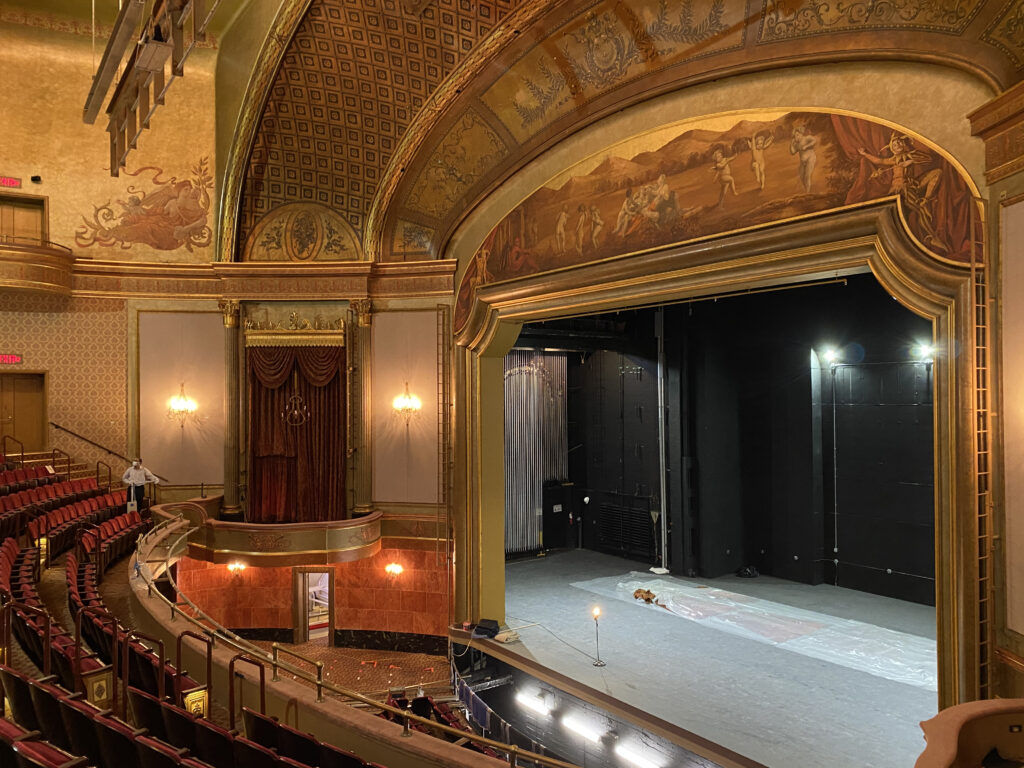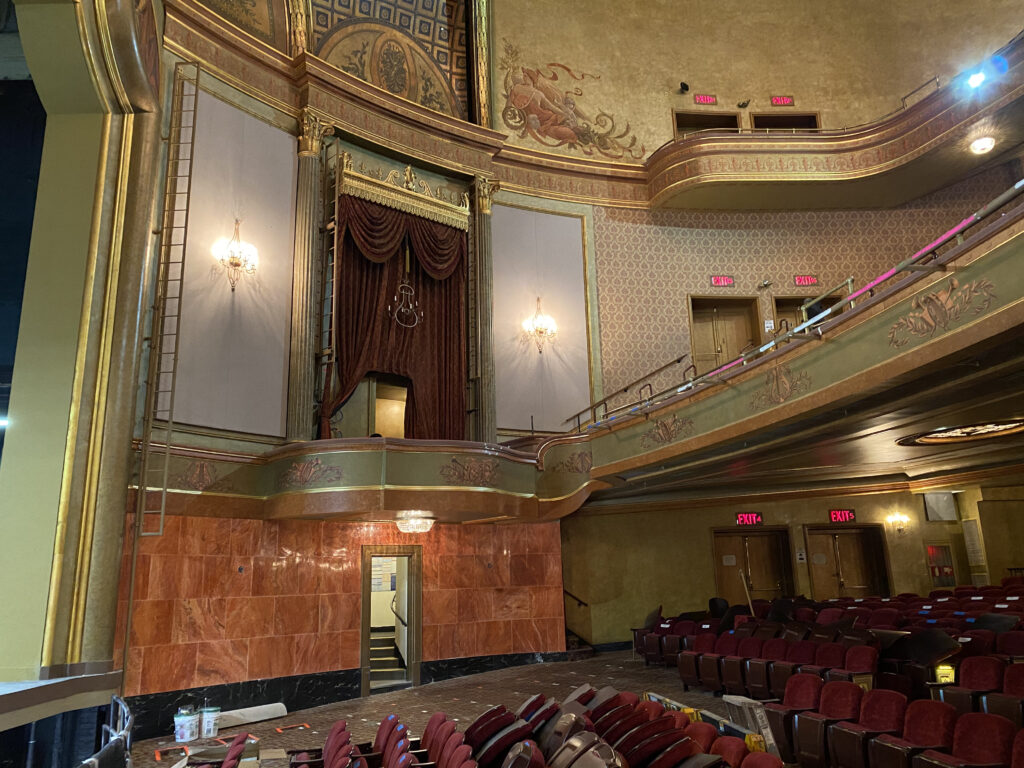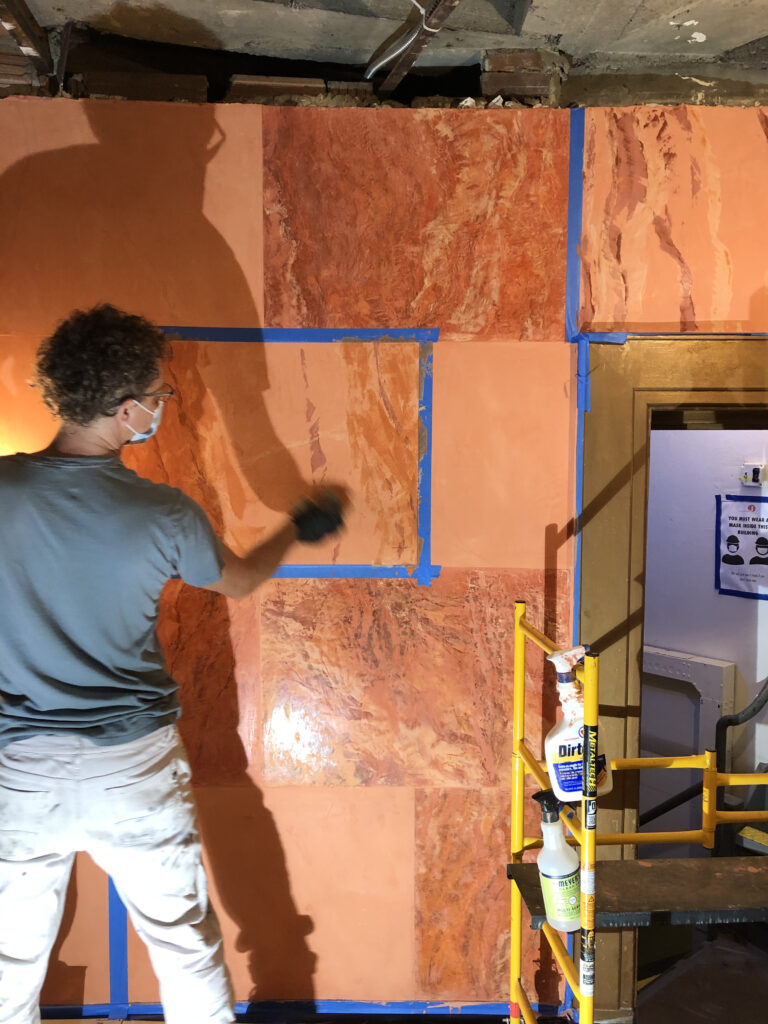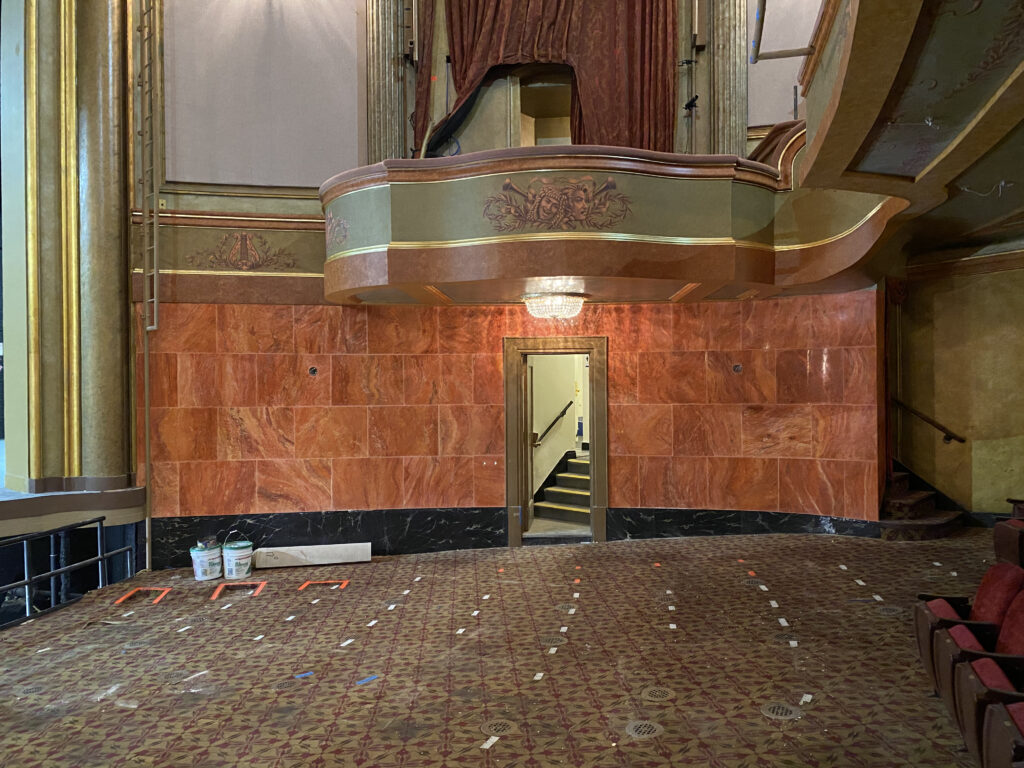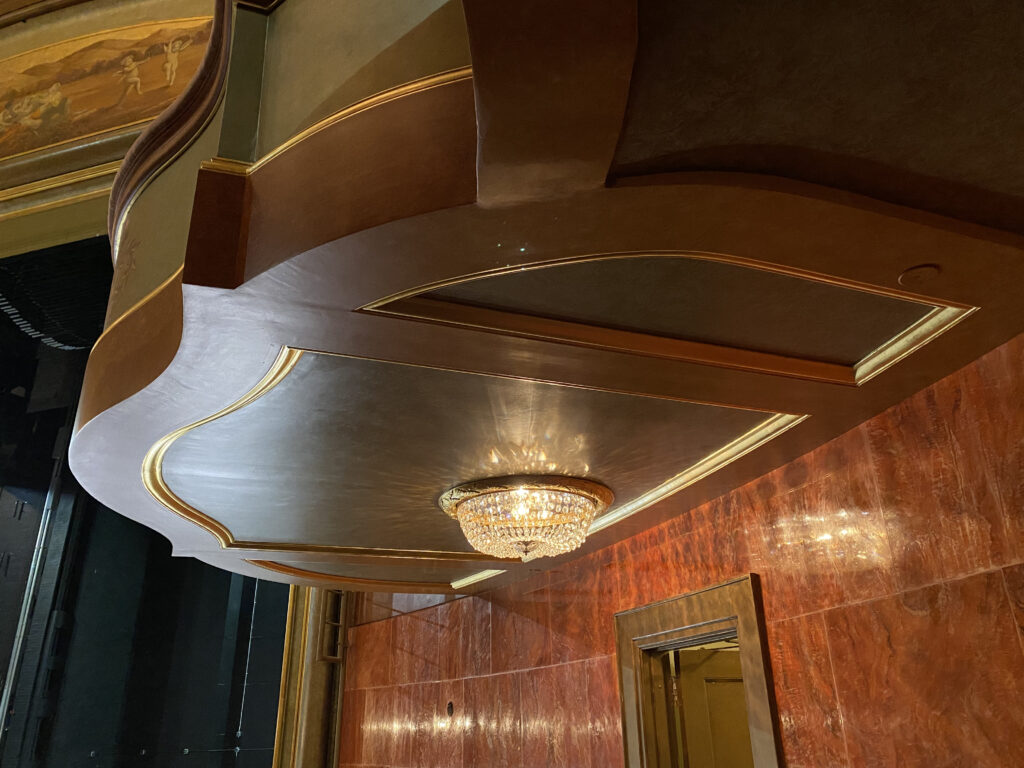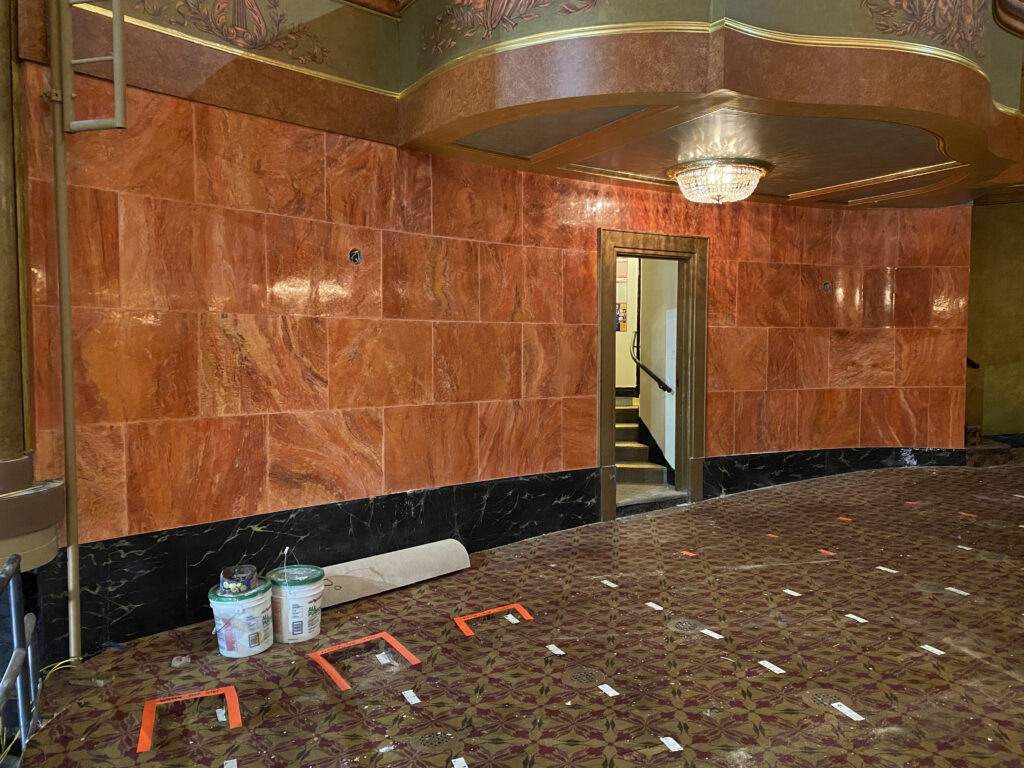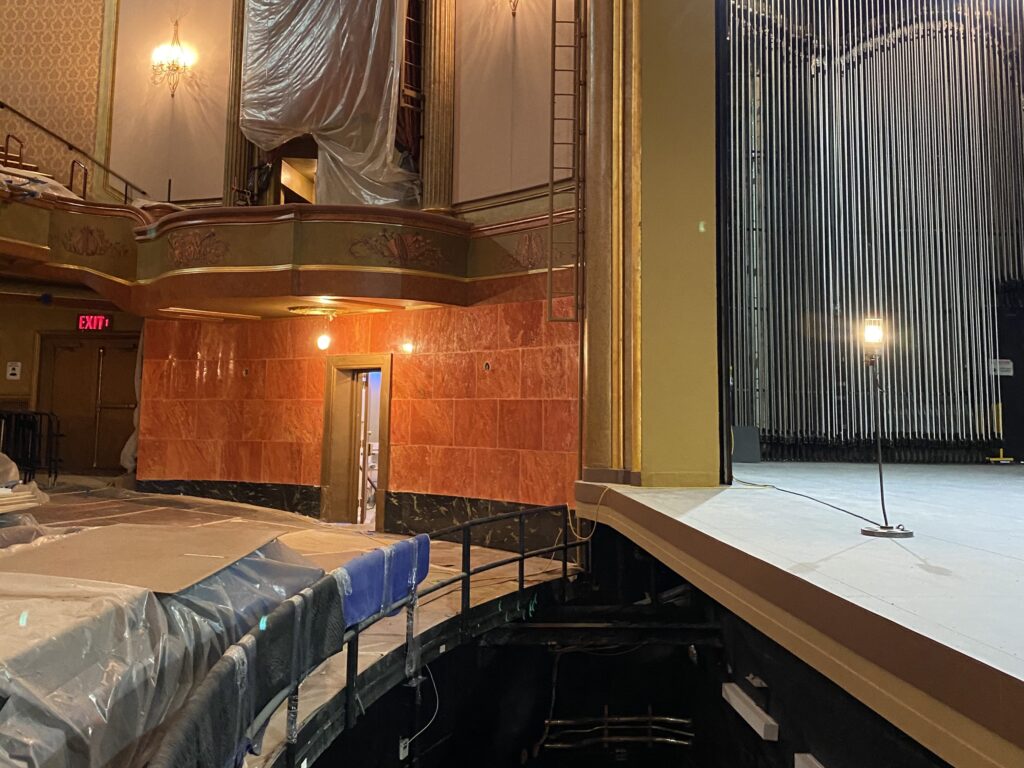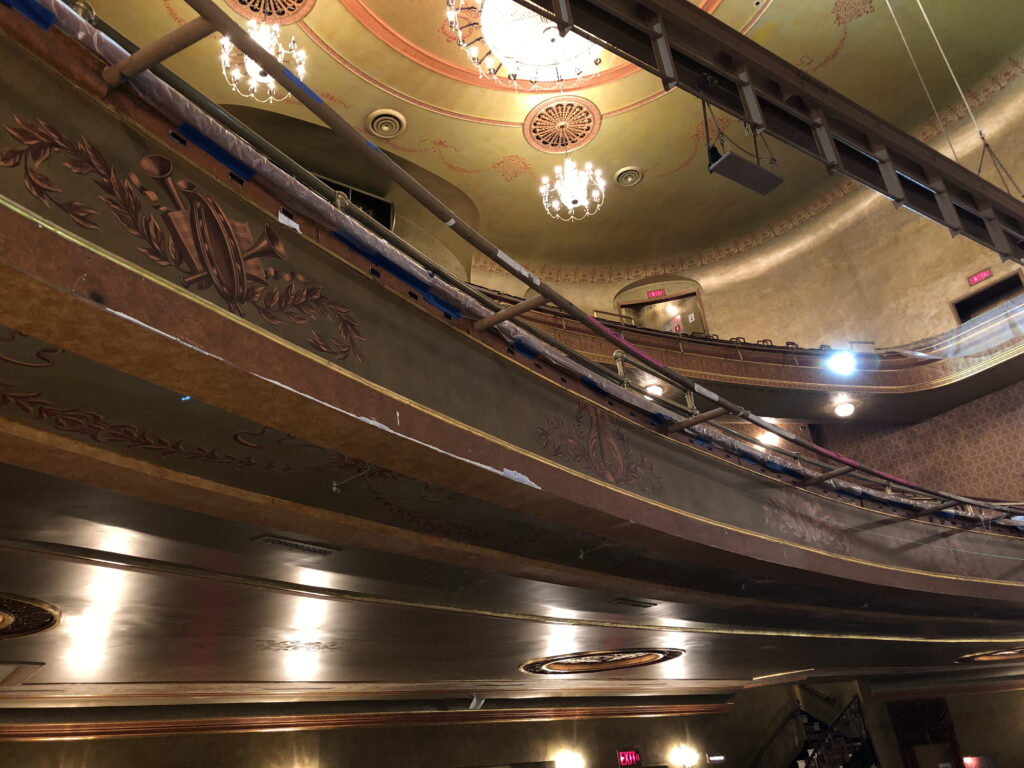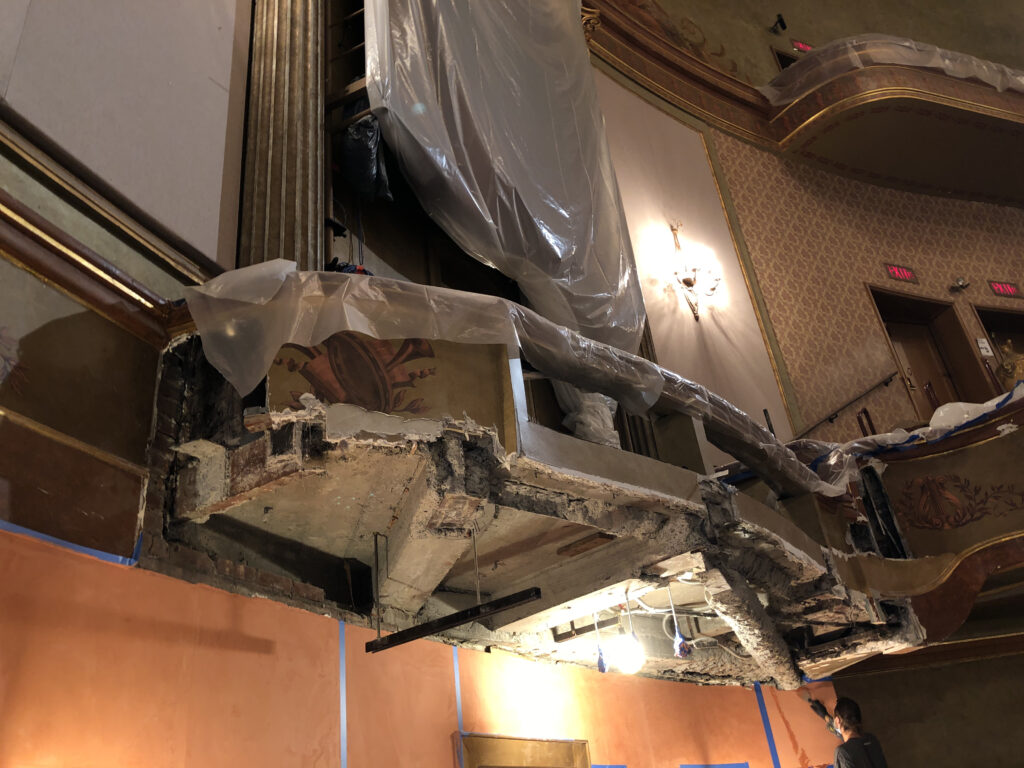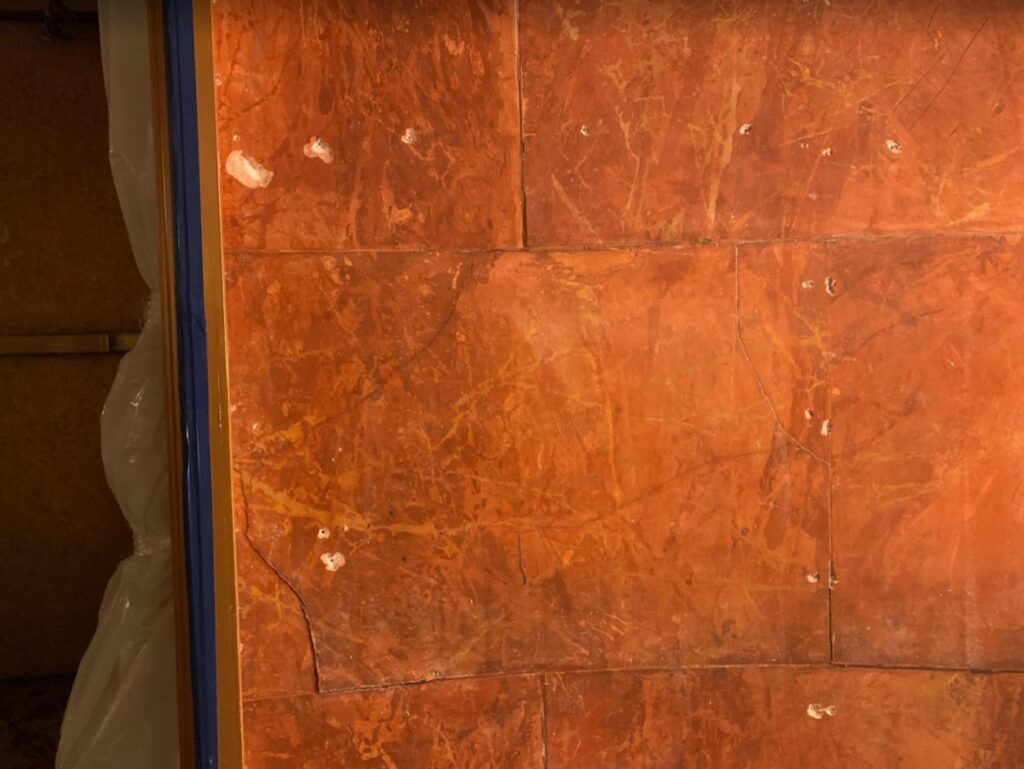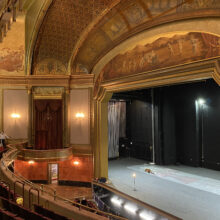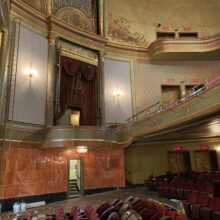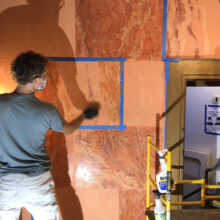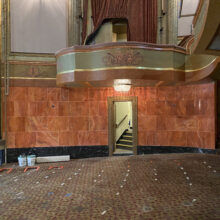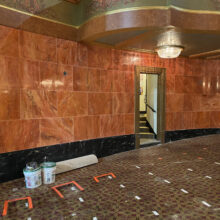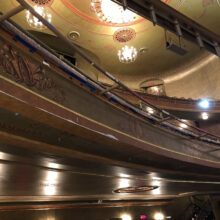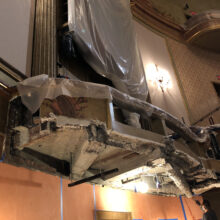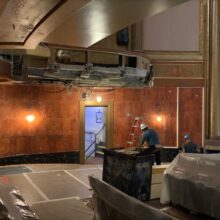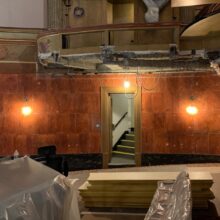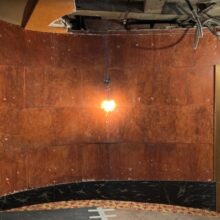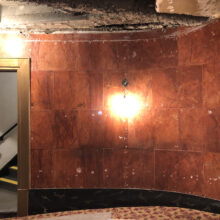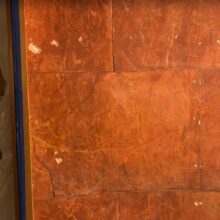St. James Theatre
The St. James Theatre in New York, New York was opened in 1927 by A. L. Erlanger, a prominent theatre producer, designer, and owner, and a leading figure of the Klaw & Erlanger Theatrical Syndicate. Originally named The Erlanger Theatre after its creator, it was designed in the Georgian Revival style with Beaux-Arts inspirations by the architectural firm Warren & Wetmore. One of the most prominent architectural firms of the day, they are known for numerous buildings, including the New York Yacht Club (1899-1901), the Heckscher Building (1921), and co-architects for Grand Central Terminal (1913). The theatre was designed to house both Broadway productions, as well as vaudeville. The interior of the theatre was among the largest built on Broadway at the time, with a relatively simple, handsome design. More emphasis was placed on spatial organization and less on ornament, which was a marked departure from theatre design of the era. Instead of ornamental plaster, decorative flat plaster finishes and trompe l’oeil murals were used to add selective design to the theatre.
After Erlanger’s death in 1930 the theatre closed briefly, reopening in 1932 as the St. James Theatre after the London theatre of the same name. It was bought and sold numerous times over the next few decades, but operation was taken over by the Jujamcyn Theatres in 1958, who continues to operate it as a Broadway theatre to this day. It’s first large-scale renovation took place in 1958, at which time the interior was extensively modified. Another large scale renovation was undertaken in 1985, which modified the interior extensively once again. The interior and exterior features of the building were designated a New York City Landmark in 1987. The theatre was restored in 1999, which helped reinstate some of the original finishes to the building.
EverGreene was retained by Jujamcyn Theaters to perform repairs to select interior plaster and decorative finishes in the St. James Theatre. EverGreene staff addressed two major areas in need of repair in the auditorium: the venetian plaster below the left and right balcony boxes, as well as the decorative finishes on the left and right balcony boxes. The venetian plaster panels below the balcony boxes had previously been covered up by acoustic panels, which, when removed, caused large areas of damage and loosening of the original plaster panels. EverGreene peformed any necessary stabilization of the panels, infilled areas of missing plaster, and applied new venetian plaster to match existing finishes. The balcony boxes on either side of the theatre were previously reduced in size, however the boxes are now being restored to their original size. EverGreene was tasked with reinstalling and repairing the murals on faces of the balcony boxes, which were removed by the client prior to construction; EverGreene also addressed all painting, gilding, and glazing work needed to restore them to the balcony boxes to their original appearance. EverGreene staff also repaired and inpainted, gilded, and glazed several small areas of damage, including small areas on the proscenium, the balcony overhang, the east face of the Mezzanine fascia, the walls and overhangs on the upper and lower balconies, and the lobby and stairwell walls.
